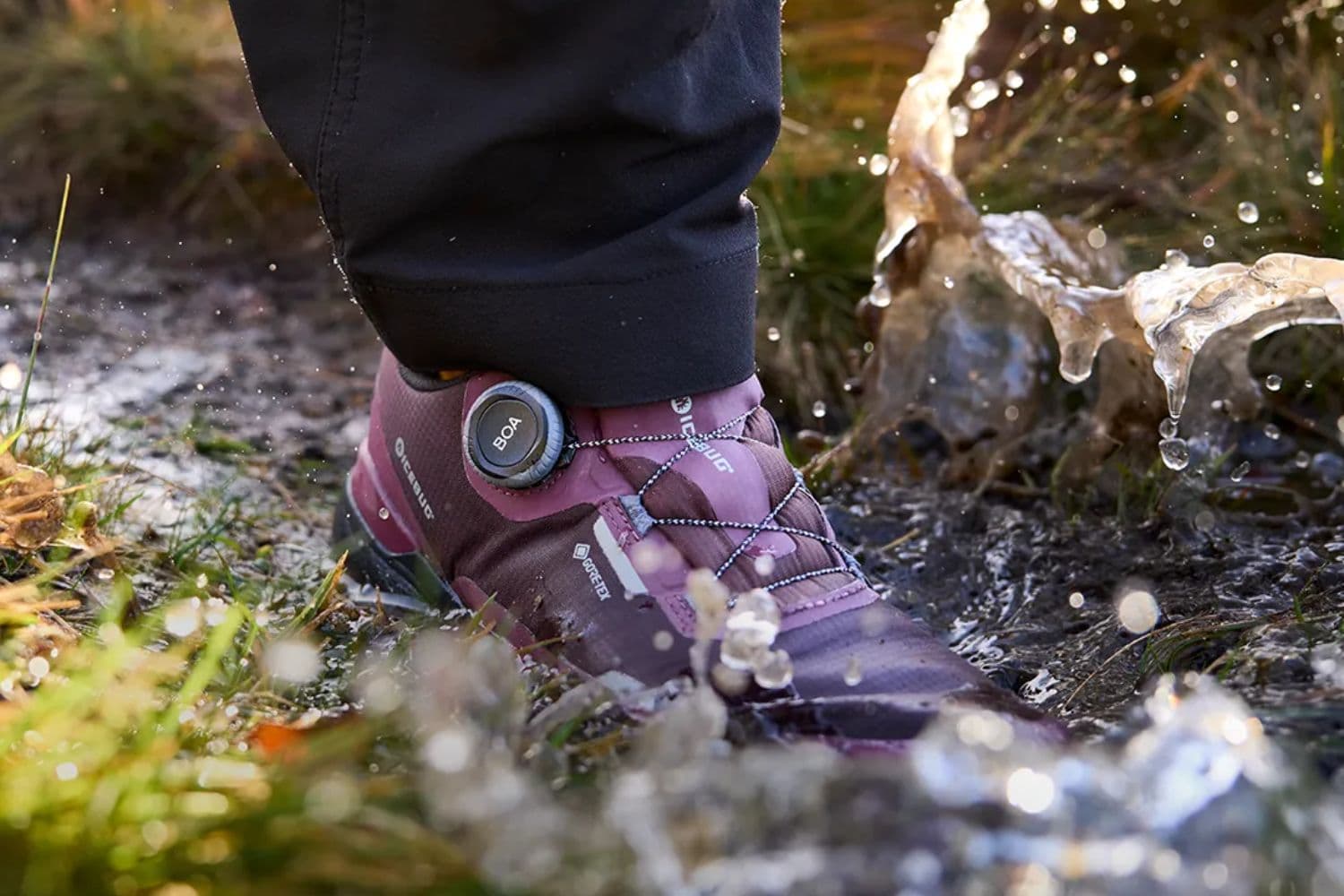HOKA is known for shoes that feel like clouds, used by runners, hikers, or anyone on the move. But there is more to their shoes than their pillow-like soles. HOKA is stepping up their commitment to sustainability, blending innovation with thoughtful practices.
 Image source: HOKA
Image source: HOKA
Implementing Sustainability in every step
Across its entire product line, HOKA is reimagining their designs with a strong emphasis on preferred materials, those that are recycled, renewable, or certified by trusted third parties. The progress is already visible, as 100% of the cotton used in HOKA’s apparel and accessories is now recycled or sustainably sourced. Footwear is catching up, too, with 97% of their footwear styles now containing at least one recycled, renewed, or naturally sourced material.
Their packaging is undergoing a change as well. No more plastic, only FSC-certified or recycled timber products to reduce waste and help minimise HOKA's carbon footprint.
 Image source: HOKA
Image source: HOKA
HOKA's commitment goes beyond materials. The brand has publicly made a number of commitments to reduce its consumption by 2030:
Offices: Their California and Midwest Distribution Centres have become zero waste as of 2024.
Carbon Emissions: Energy usage for their footwear production will decrease by 25% per shoe by 2030.
Water Usage: The water usage in HOKA shoes will decrease by 20% by 2030.
And it's already made noticeable progress compared to 2019, with a 16% decrease in emissions, 9% less water used, and 14% less energy consumed. Each of their new design and updated practices is another step toward a future where high performance doesn’t come at the planet’s expense.
Together for Better
Alongside their performance, HOKA shoes are built to last, designed with innovative features like meta-rocker soles, plush cushioning (for that cloud-like feel), and wide platforms. These technologies allow natural gait, shock absorption, and long-term foot health, key reasons why the brand stands out as a leader in athletic footwear brands.
For instance, many of their models have even earned the APMA Seal of Acceptance, a mark for the American Podiatric Medical Association that recognises products that promote foot wellness. Their reputation and durability contribute to the life cycle of their products, keeping more and more shoes from ending up as waste in landfills.
 Image source: HOKA
Image source: HOKA
Progress to be made
Behind every product is a supply chain, and HOKA, under its parent company Deckers Brands, is working to ensure that chain is built responsibly. The company carries out regular audits through both internal teams and third-party partners to monitor their labour conditions.
Unfortunately, as of now, none of HOKA’s supply chain is certified by independent labour standards that guarantee fair wages or safe working conditions. While HOKA has acknowledged this issue and expressed a commitment to change, concrete progress has yet to be seen. If the brand is serious about building a truly ethical future, transparent and verifiable improvements are long overdue.
The start of a Responsible journey
HOKA’s sustainability journey is far from finished but it’s well underway. From materials and packaging to design and durability, the brand is making thoughtful progress toward a future where performance and planet go hand-in-hand.
So, whether you’re training for a marathon or heading out for a walk, you can lace up knowing your shoes are slowly becoming part of something bigger.
Be sure to follow @reflawn_official to stay updated on the latest posts and reflawn's news page for the latest updates!
Are HOKA shoes sustainable?
HOKA is taking active steps toward sustainability. While not perfect, the brand has made meaningful progress: 100% of the cotton in its apparel is sustainably sourced, and 97% of footwear styles now include at least one recycled, renewable, or certified natural material. They’ve eliminated plastic in packaging and shifted to FSC-certified or recycled paper products.
What are HOKA's environmental goals for 2030?
By 2030, HOKA aims to:
- Reduce energy usage by 25% per shoe
- Cut water consumption by 20% per shoe
- Achieve zero waste at distribution centers (already met at their California and Midwest locations)
Is the brand Hoka sustainable?
HOKA is taking several steps toward a more sustainable future by reimagining its materials, reducing its environmental footprint, and designing shoes that support both you and the planet. Make sure to read more on that in the reflawn news.
.png&w=3840&q=100)

.png&w=3840&q=75)






.png&w=3840&q=75)